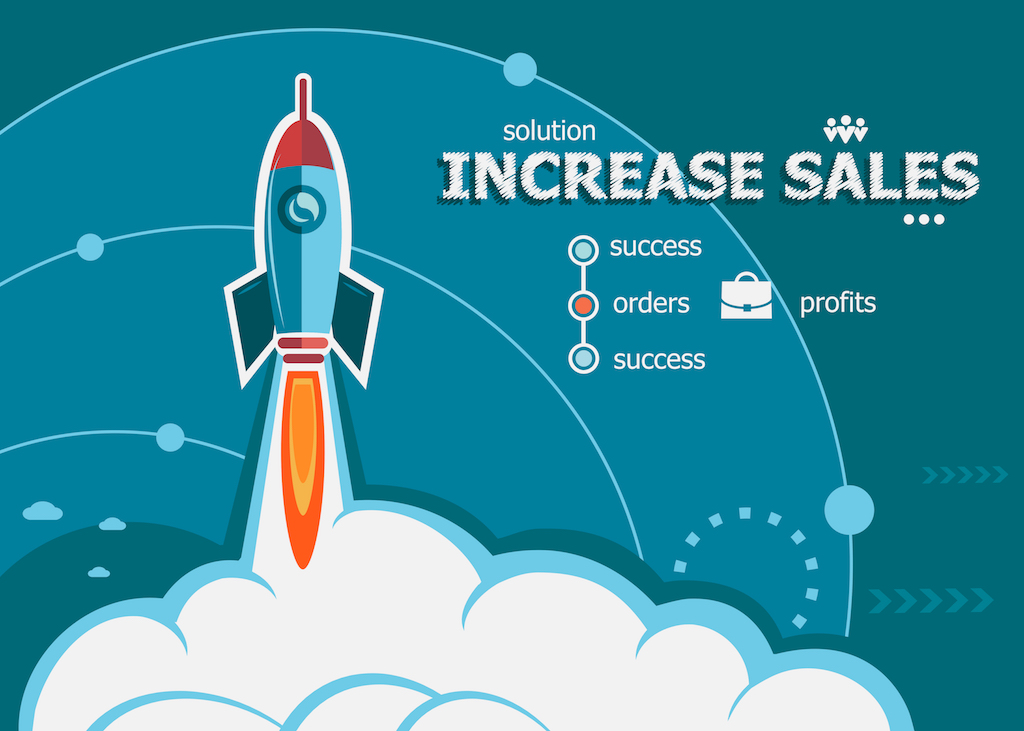Podcast Ep 54: Marie Kress from Voyego on the diverse and interesting future of mobility and how we will soon be consuming Mobility as a Service (MaaS).
Marie Kress, head of research at Voyego’s Transport Innovation Lab, works on creating new concepts and pilot projects within the area of MaaS. Her passion is the integrated future of mobility and transport, how we may be consuming services Netflix-style and how digitalisation is the fuel of the future of mobility.
Slovenia-based Kress is product owner at Voyego, now part of Endava. She is also the head of Research in Voyego′s Transport Innovation Lab – where she works with partners on creating new concepts and pilot projects within the area of MaaS and speaks at global events on the subject.
“Nobody wants to waste a good crisis and everyone is getting ready for this next step of digital mobility”
Because of the pandemic many of us are driving less, taking less public transport, but we’re walking and cycling a lot more. But when lockdown lifts, offices and shops and other services reopen it is likely we’ll either slip back into old habits or have a changed outlook on how we get around.
I am the passenger
“There’s no real downside to cars right now because the infrastructure build around our towns and cities is built to accommodate cars”
This is something Kress ponders a lot. “One part is that we’ve been locked up and there will be a real appetite for travels again. People won’t hold back on things that were on their bucket list too. People will travel farther after the pandemic and interest in flights will go up.
“But there’s also the daily commute. People and companies will see that they can be just as productive at home, which was not a given before. But people will also realise they can work from anywhere. We will see mobility in a very different way.
“From talking to our clients nobody wants to waste a good crisis and everyone is getting ready for this next step of digital mobility. Consuming mobility as a service is the future vision. Generally speaking, when you want to introduce a new service, the offering has to be 10 times better than what’s currently available.”
Across Europe and more recently in Ireland and the UK, new transport options such as e-scooters are coming on stream.
The use of e-scooters and e-bikes in Ireland is set to be legalised in the coming months, now that the Irish Government has approved the drafting of legislation. This is ushering in a raft of new players offering various solutions and services. As well as Bolt, new players that will soon become commonplace on the streets of Irish towns including German player Wind Mobility which launched its Irish operation in recent weeks, Dutch player Dott which plans to deploy scooters in Dublin, Limerick, Cork and Galway, Irish company Zipp Mobility which has already successfully deployed scooters in the UK and European player Zeus Scooters led by Irish entrepreneur and former banker Damian Young that has also launched successfully across Germany. In recent months Dublin e-bike player Moby, led by entrepreneur Thomas O’Connell, raised around €800,000 via an oversubscribed crowdfunding campaign, more than double its original target, in less than 30 days.
These options promise an exciting change of pace, especially in cities. However, in rural areas of Ireland where cars and buses are the only mode of transport, it will be hard for new players to bring about change.
Change direction
The ultimate direction that players want to head in is to serve customers integrated travel options that they access via apps or perhaps be charged subscriptions Netflix-style. But Kress says it won’t be that simple.
“Cities will have to be neutral parties to accommodate all of the different services, gathering all the data points, but make sure that you don’t end up with islands of services”
“It’s hard for mobility service providers to compete with privately-owned cars, especially in the developed countries. If you own a car your level of convenience for mobility is very high. There’s no real downside to cars right now because the infrastructure build around our towns and cities is built to accommodate cars.”
Kress and the companies that she works with are focused on how to solve the issue on a global basis.
“It’s really a profound change in thinking and lifestyle of people to really switch towards that. I personally got rid of my car three or four year ago now.”
Kress acknowledges that not everyone can make such a profound change. “But if you have your car you can go anywhere, you have to think about your mobility.”
While scooters and e-bikes sound like fun and electric cars are entering the fray at an accelerated pace, the nirvana of a fully integrated transport system is not exactly a reality everywhere. Certainly not in Ireland. At least, not yet.
Smart and sustainable cities
“There’s a lot of buzz around platforms and applications, but it’s actually just the tip of the iceberg. There are profound things that need to be solved on a way deeper level, like the connectivity of infrastructure, digitalising infrastructure and cities do need to reinvent themselves.”
“Your entry to the MaaS world may be a digital one but will be consumed in the physical world”
Cities, Kress believes, need to step up and think about the future of public transport and how it will evolve in an environmentally friendly way. “You can’t just have privately-owned mobility services just flooding your city,” she said referring to how e-scooter and e-bike schemes had to be banned before being regulated in certain European cities. “They weren’t adding to sustainability. Cities need to go beyond transport planning of only public transport towards providing a foundation that private companies can then plug into. It’s about creating a comprehensive system that adds to the quality of life of citizens.”
Kress has a point when you think of how much road infrastructure will need to be given over to various modes of transport. Cities like Amsterdam and Copenhagen are noted for the generous amount of road made available for bicycles. Cities like Dublin are not.
Cities need to reinvent themselves to enable mobility as a service. “And that’s where the digital part comes in. How do you create a framework, how do you have regulations and at what point do all of these platforms come together?”
And, just like the tensions in the tech world where a few dominant platforms hold sway, cities need to get the upper hand and ensure MaaS offers plenty of choice for citizens who wish to make use of various modes.
“Cities will have to be neutral parties to accommodate all of the different services, gathering all the data points, but make sure that you don’t end up with islands of services. But that it is done in an integrated way that makes sense for that specific city.”
She says consuming mobility services won’t be as simple as consuming Netflix. But it’s a nice metaphor. “Your entry to the MaaS world may be a digital one but will be consumed in the physical world. Whereas Netflix is fully digital and therefore much easier to scale.”
Eventually even the idea of car ownership may be challenged. “I think if you always loved cars you will own cars. But the reality for most people is the car is only driven for less than 10pc of their lives.”
Change she says is coming but it will take a long time. “Before we had cars, we had horses for daily transport. But no one is using horses for daily commutes, they are more like a hobby or a status symbol.”
Kress says Scandinavian countries are further down the road in terms of electric vehicles such as electric buses as well as cars, while Finland has developed an integrated approach using tokens for mobility that will eventually become a subscription service. Evolutions in transport such as hyperloop trains being introduced in Saudi Arabia are also leading to the creation of sustainable, living cities where everything you need is available within five to 15 minutes.
She’s philosophical about the likelihood that the pandemic has made people think about their mobility, especially around vehicle ownership and insurance for vehicles that haven’t gone anywhere for months.
That said, no one is going to be ditching their vehicles any time soon. “There are a lot of foundations to be laid. In Berlin, they opened up pop-up bike lanes and the city started giving space back to people that wasn’t used up by traffic.”
Public transport, she concludes, will remain the backbone of what mobility as a service will be. The bottom line is choice. “Public transport is still one of the most efficient and sustainable systems we have for moving people around on a daily basis. What MaaS offers is the ability to add on car sharing, scooter sharing, and a guarantee that if you missed the train there is a car or bike that you can use.
“And I think this kind of variety will allow people to ditch their privately-owned cars and rely on MaaS.”
By John Kennedy (john.kennedy3@boi.com)
Published: 1 April 2021






